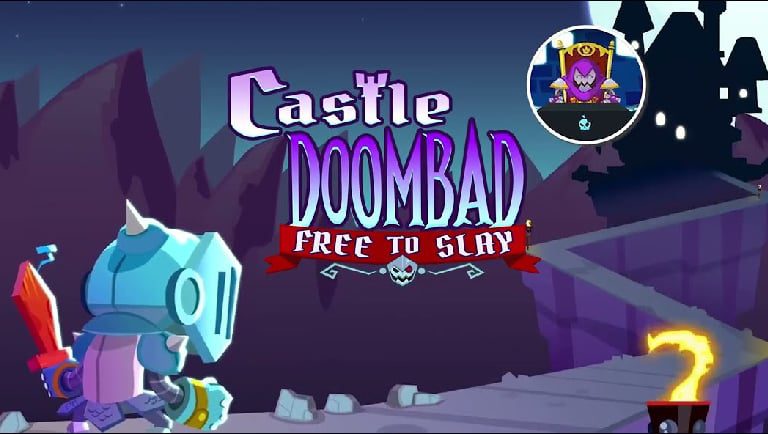

Game Growth
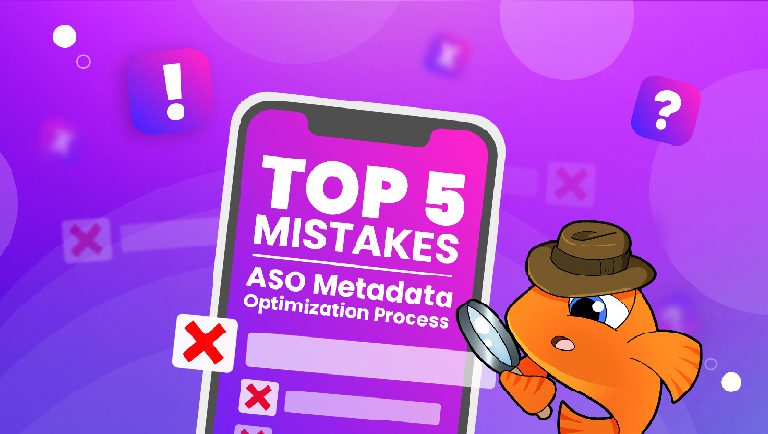
03.04.2024
•
5 mins read
Anna Frangogianni, Game Growth BD Manager | Yodo1
For game developers, a clear and properly implemented ASO strategy can make or break a game’s organic success. I would go further and say that ASO is integral to any well-planned, comprehensive user acquisition strategy. While many factors can contribute to a winning ASO strategy, metadata optimization stands out for its direct impact on app visibility and discoverability.
Here are the top five mistakes to avoid during your metadata optimization process:
One of the most common mistakes is duplicating keywords across metadata fields, such as the title, subtitle, and keywords field on the Apple App Store. Duplications in these fields will do nothing for your app's visibility; rather, they waste precious space that could be used to incorporate additional, high-volume keywords.
On the other hand, duplicating keywords in your long description on Google Play can boost discoverability, if done correctly.
Tip: For the long description in Google Play, aim for a keyword density of between 2-3%. This is calculated by taking the number of times a focus keyword is used in the long description divided by the total number of keywords in the long description x 100.
Example: Look at the keyword density of Idle Miner Tycoon: Gold & Cash. Strategic keywords like “idle” and “tycoon” fall within the ideal range within the long description.
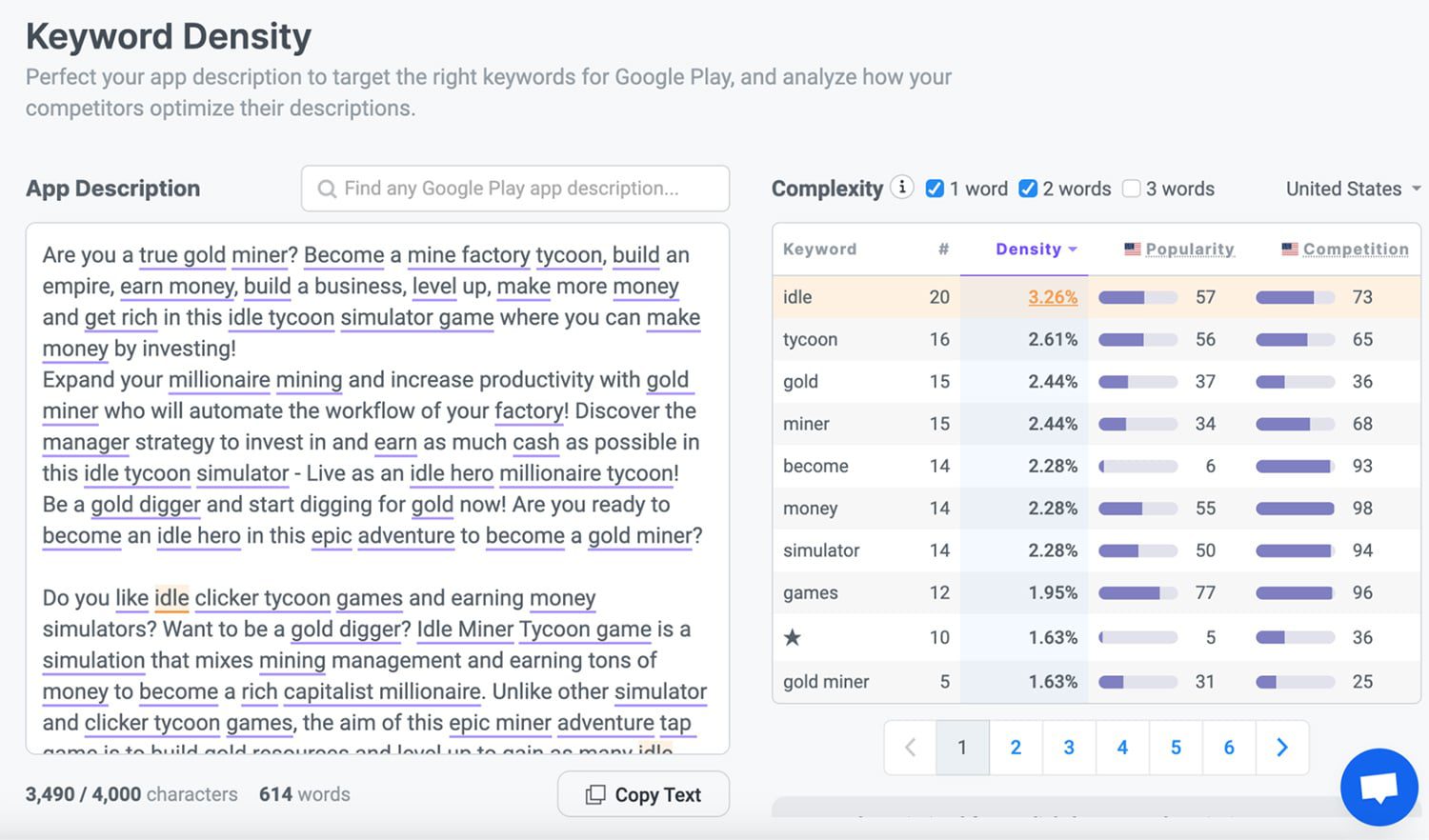
You get 30 characters for your title and subtitle fields and 100 characters in the hidden metadata field on the Apple App Store. Use them! Otherwise, you’re missing the chance to use valuable keywords in the fields that are visible in search and browse pages, as well as discoverable by users casually searching the stores for games similar to yours. It is also important to be aware that visible metadata fields carry more weight in the Apple App Store’s algorithm than the hidden metadata field.
Things are a little different on the Google Play side, as the algorithm is centered around keyword densities. What does that mean? Developers need to strategically use keywords across all their metadata fields (Title - 30 characters, Short Description - 80 characters, and Long Description - 4,000 characters) by finding a balance between the keywords they want to target and messaging that makes sense. Concise sentences/statements, especially in the short and long description fields, can actually perform better than longer entries—so be strategic and A/B test with Google’s native tools, and by all means, avoid keyword stuffing!
Note: A newer game might benefit from a more focused keyword strategy so that it can gain more weight in the algorithms. Expanding keyword usage to capture a broader audience becomes more important as the game gains traction.
Targeting the right keywords is a balancing act between search volume, difficulty scores, and relevance. Opting for keywords solely based on your brand or those with low search popularity can cause you to miss out on significant traffic. Aiming for a mix of short and long-tail keywords that promise high traffic and relevance to your game's content is important.
People scrolling through app stores tend to have a very short attention span. Usually, if they land on your game’s page, they have a purpose: to decide if the game is worth downloading! So, your visual metadata (the CTAs in your screenshots) must be clear, easy to read, and aligned with the search terms and keywords they used to find your game in the first place.
Example: Look at Idle Mafia’s use of “idle” in the second screenshot.

Any solid ASO strategy should be grounded in comprehensive market and competitor analysis. Without this foundation, you risk overlooking key opportunities and challenges within your game's niche.
Do what the top developers and publishers do: collect an exhaustive list of keywords that represent the core and marginal users you want to target, and then prioritize them based on the following scores:
Note: It is common for newer games to get less traffic using keywords with high popularity scores since larger games with bigger audiences (that are also promoted by the algorithm) tend to aim for these keywords as well. This is where strategic UA comes in to support your organic strategy once you start getting more traffic.
Avoiding these common mistakes in metadata optimization can dramatically improve your game's overall ASO performance. By strategically selecting and applying keywords, aligning your visual and text metadata, and grounding your efforts in thorough research, you can improve your app's discoverability and appeal to a wider audience, driving downloads and engagement.
To learn more about how your game can bring in more players, more revenue, and scale faster, apply for Yodo1’s Growth Accelerator Program.
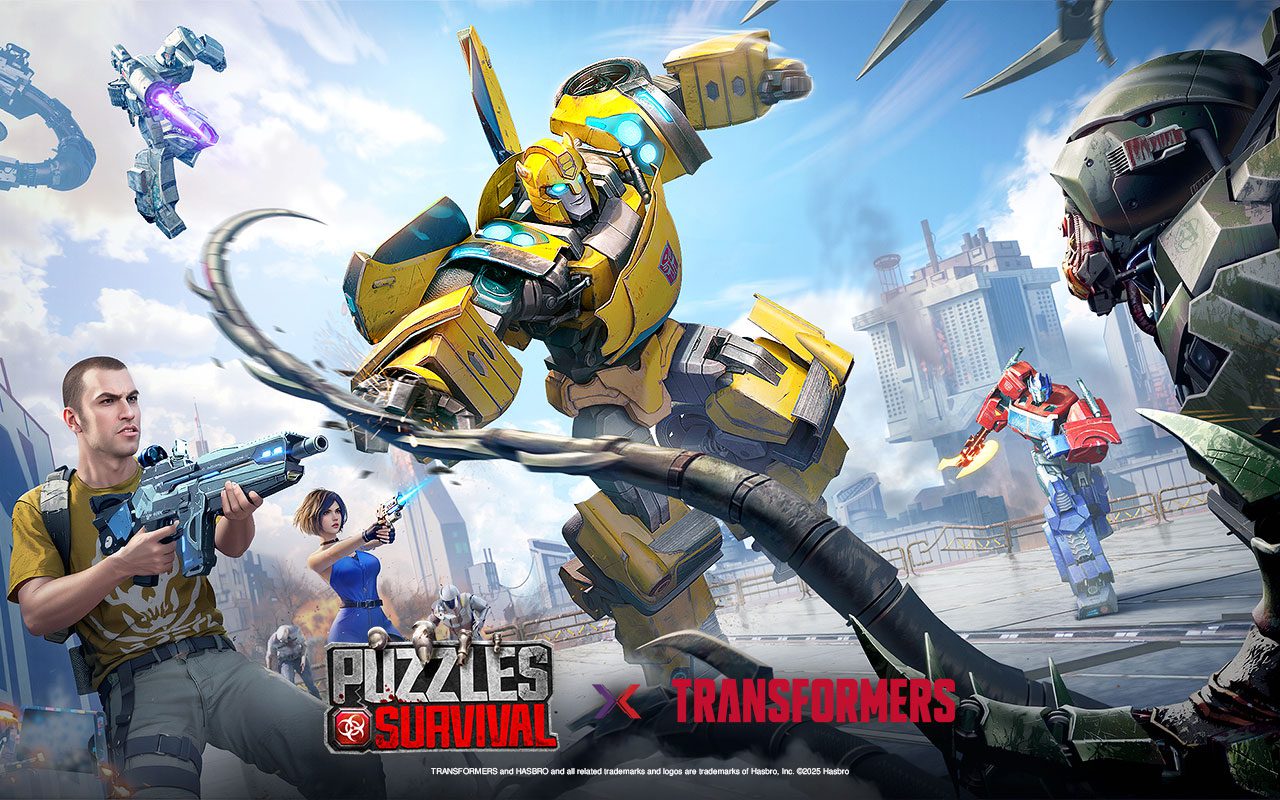



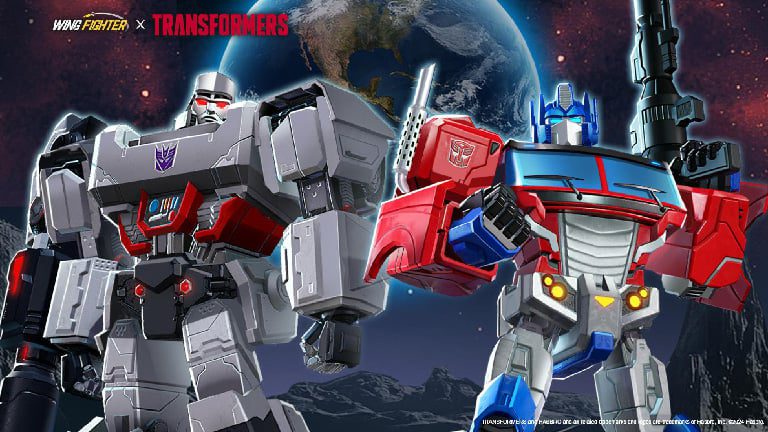

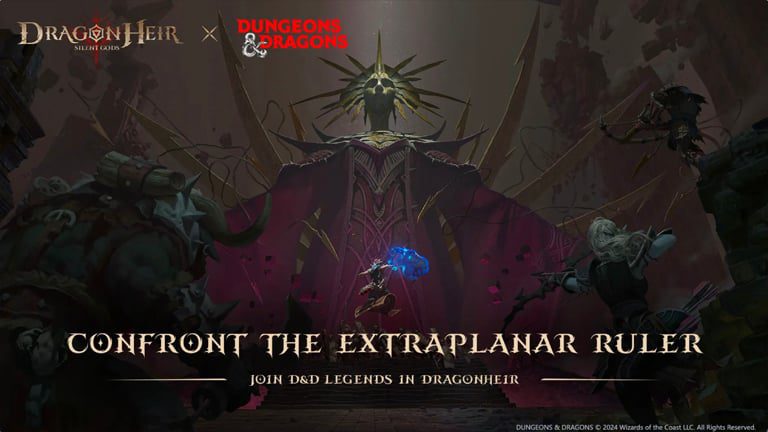

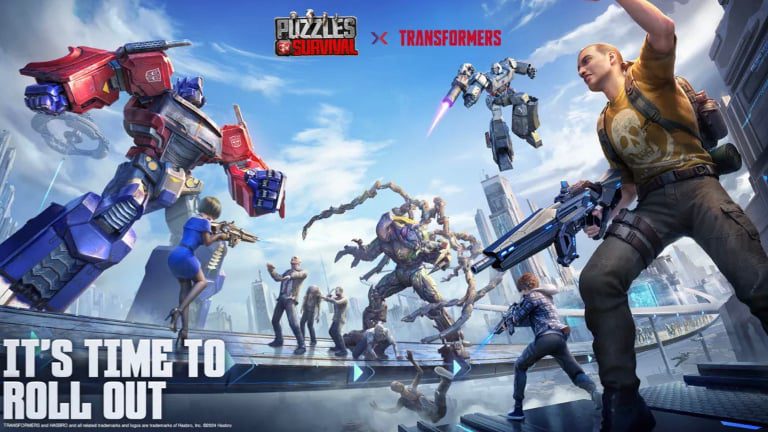



Game Growth
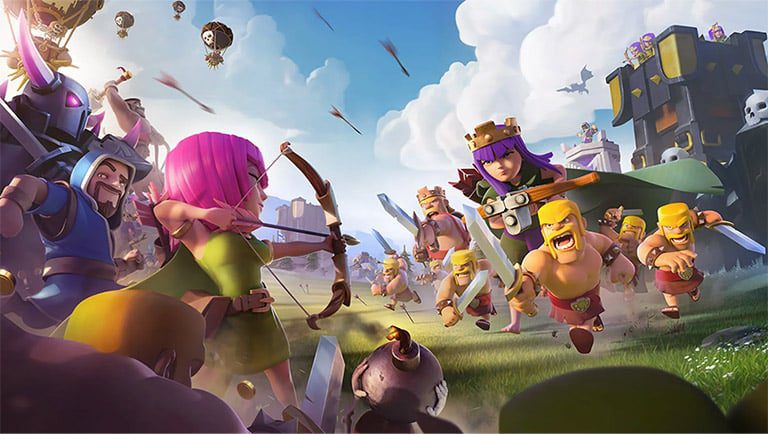
06.03.2024
•
5 mins read
In-app purchases (IAPs) are the lifeblood of sustainable revenue for any mobile game monetization strategy. But more than that, when implemented strategically, IAPs can create a win-win scenario for both developers and players.
The key is in striking a delicate balance. Players need to perceive value in what they purchase, whether it's special items, aesthetic customizations, in-game currency, etc. However, they shouldn’t feel that they are in a pay-to-win scenario that impacts the core game loop. If you can achieve this balance, players are more likely to spend – and keep spending. Of course, getting there is easier said than done. Finding the right IAP strategy for each game requires a deep understanding of player motivations and a data-driven approach.
A great example to learn from is Clash of Clans. This game has nailed its IAP mobile game monetization strategy. In this article, we will explore how they do it and what we can learn from them. But first, let's go over some of the basics.

If you cannot measure it, you cannot improve it,” said the wise Lord Kelvin. And while he wasn’t a game developer (that we know of), he had the right idea! Here are some key metrics to track and analyze:
Players spend for a few different reasons. Apart from understanding these reasons, you should factor in value for money, and getting to the right price point for each IAP. Spending time understanding player motivation isn’t simply an intellectual exercise–it’s a crucial part of the process. Let’s briefly touch on these.
By always validating and updating your strategies based on what players say and how they act, you can find the best ways to price your in-game items. The main goal is to make players feel good about buying, not just once but over and over.
Clash of Clans made $482 million in IAP revenue in 2022, with over 1.8 million daily active users (second only to Subway Surfers). Holy cow! The goal, then, is to reverse-engineer their success and see what insights we can uncover. As we go, think about how you might apply what you learn to your own IAP strategy. Let’s begin!
Gems: The quintessential consumable, gems fuel faster construction and troop training. For impatient players eager to climb the ranks, they're invaluable. Yet, Clash of Clans ensures progress remains attainable, albeit slower, for free-to-play users, preventing pay-to-win scenarios.
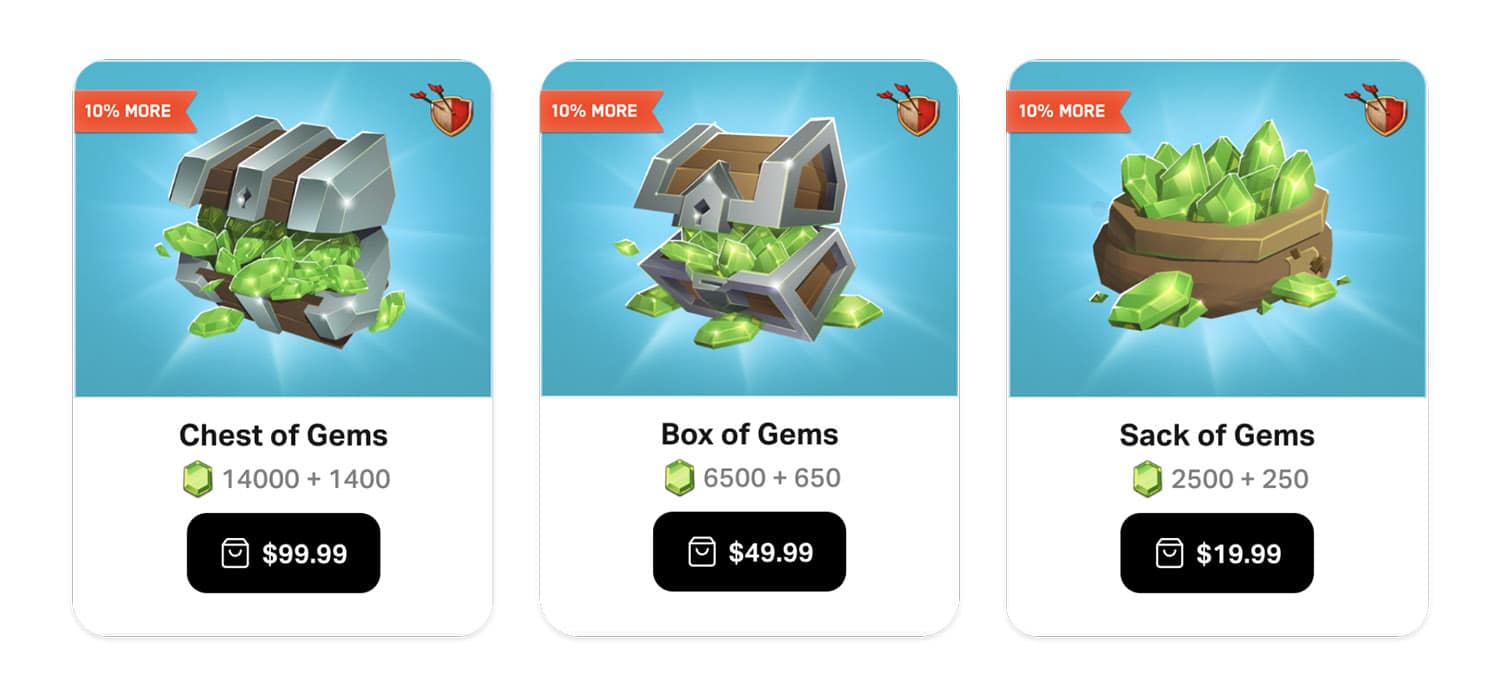
Hero Skins and Decorations: These non-consumables add a layer of personalization, letting players flaunt their individuality and dedication. The "Pumpkin Barbarian" or the "Crystal Queen Archer" don't impact gameplay but fuel emotional investment, encouraging long-term engagement. Games like Fortnite also put this principle at the core of their monetization strategy.
Hardcore Players: The Gold Pass, a monthly subscription offering exclusive rewards and bonus resources, targets those players seeking an edge. Its success shows Clash of Clans understands the premium placed on time optimization by dedicated players.
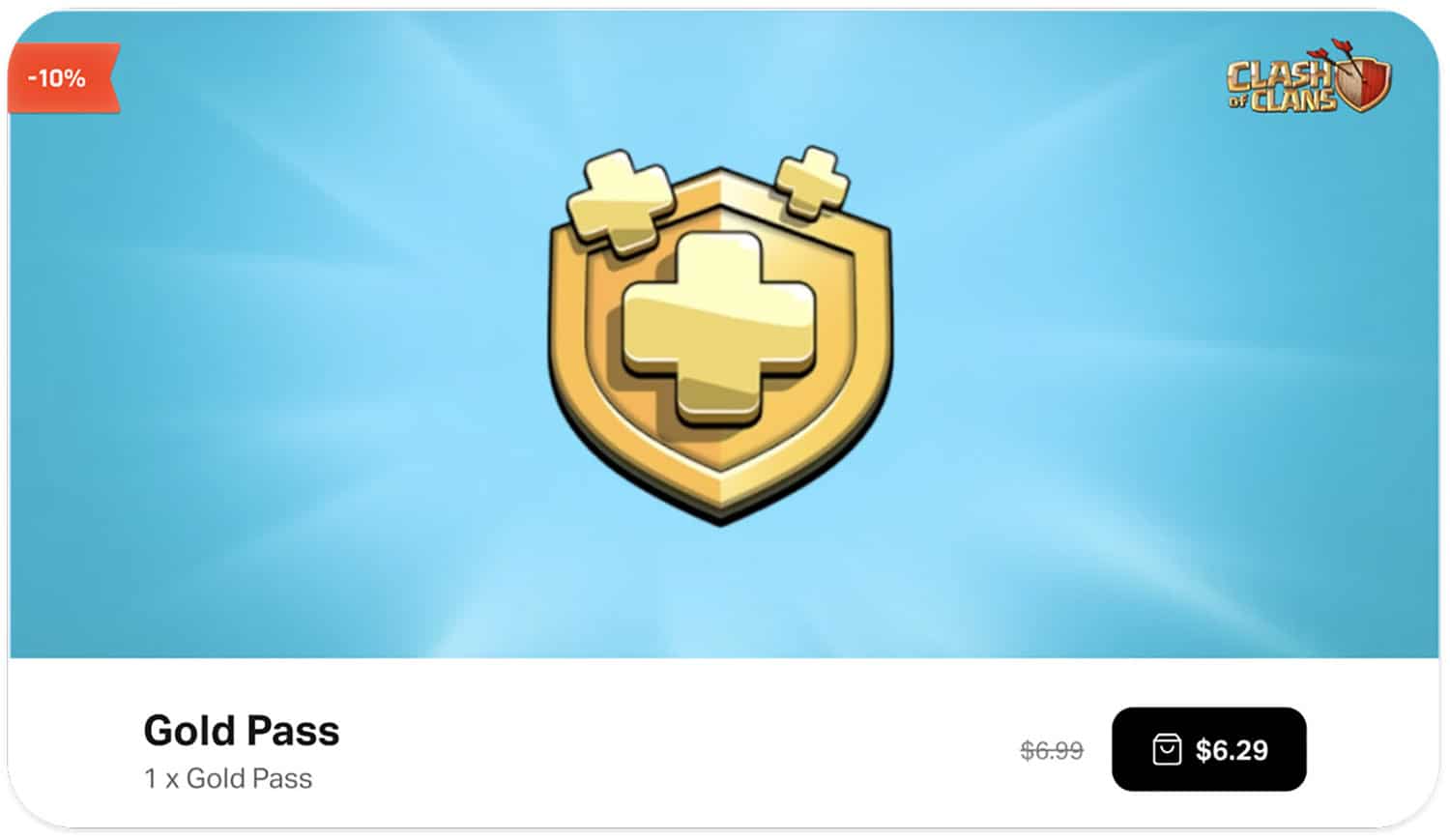
Casual Players: Limited-time offers and visually appealing bundles featuring discounted gems or resources cater to casual spenders who crave occasional boosts or want to catch up with friends. The "Builder Potion” or the "Cyber Special Bundle" offer instant gratification at an attractive price point.
Clash of Clans constantly tweaks its IAPs based on data and player feedback. For instance, it introduced the "Seasonal Bank", a tiered reward system for active players, after testing different reward structures and price points. This data-driven approach ensures their IAPs remain relevant and enticing.
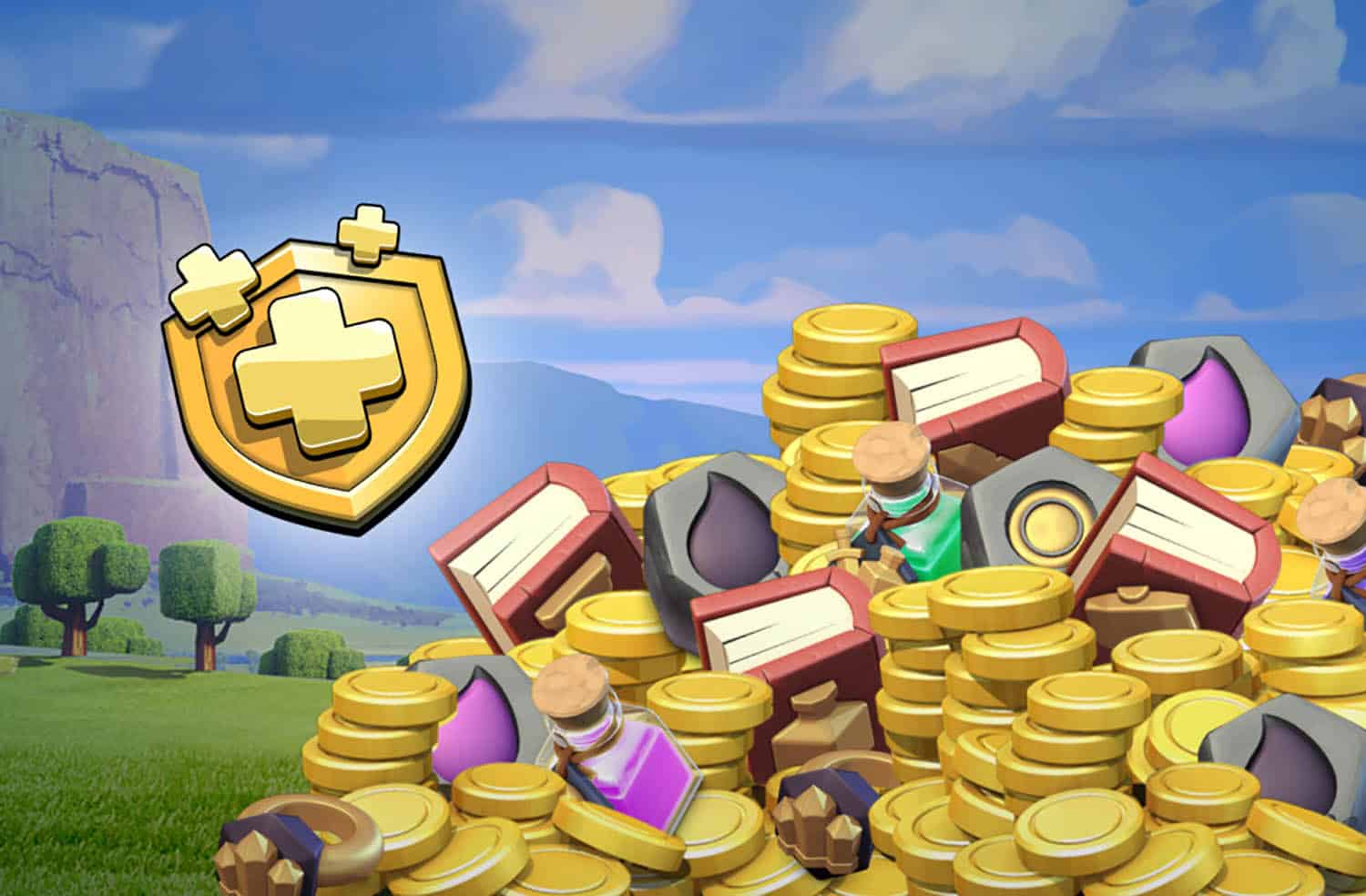
Clash of Clans is a textbook example of how to implement IAPs without compromising the player experience or the core game loop. Its success emphasizes the importance of:
It’s also important to note that Clash of Clans doesn't rely solely on IAPs for engagement. Regular content updates, clan wars, and seasonal events keep players hooked and incentivize spending. This holistic approach creates a vibrant ecosystem where IAPs feel like natural extensions of the gameplay experience, rather than intrusive monetization tactics.
By following these principles and analyzing the strategies of games like Clash of Clans, mobile game developers can unlock the true potential of their IAPs, building sustainable businesses while keeping players happy and engaged.
Remember, it's all about finding that sweet spot where player satisfaction meets profitability. For mobile games, the optimization of IAPs is a continuous journey. At Yodo1, we partner with game developers to hone their mobile game monetization strategies, bring in more players with tailored game growth strategies, and ultimately scale their games to new levels. And we do it well, with over 10 years of experience and over 3 billion downloads across our games. Check out Yodo1’s Growth Accelerator Program to learn about all the ways we help games grow.












IP Licensing

24.01.2024
•
5 mins read
Ismael Jorge, BD Manager for Global Games at Yodo1
On the heels of a successful Mario movie, and after months of speculation, Nintendo has at last confirmed that a live-action Zelda movie is coming. Of course, it has opened the floodgates for speculation but also raises an interesting conversation about the future of brand staying power and the blurring of lines between games and Hollywood. In my experience helping bring mobile games and big IPs together, it's clear that translating gaming experiences to the big screen is a move loaded with potential – and pitfalls.

Via Nintendo
Let's dig into the mechanics of this partnership. Nintendo's choice to bring Shigeru Miyamoto on board is a move that promises authenticity for the franchise. Partnering with a heavyweight like Avi Arad suggests a blend of storytelling that could capture the hearts of fans and newcomers alike. Here are a few key elements that I see working in the project’s favor:
The choice between live-action and animation is a hot topic in fan circles, but it seems the ultimate decision came down to Miyamoto’s vision for the project, saying on Twitter, “I have asked Avi-san to produce this film with me, and we have now officially started the development of the film with Nintendo itself heavily involved in the production.”
I have asked Avi-san to produce this film with me, and we have now officially started the development of the film with Nintendo itself heavily involved in the production. It will take time until its completion, but I hope you look forward to seeing it. [2]https://t.co/2H9lzzS5Pv
— 任天堂株式会社 (@Nintendo) November 7, 2023
Casting decisions and plot direction are under lock and key, but the rumor mill is in full swing; with names like Hunter Schafer already linked to the project. There is speculation about Tom Holland as well, given his previous collaborations with Avi Arad on Uncharted and the Spiderman films.
Nintendo's move to adapt one of its most iconic games into a movie speaks to a broader strategy – capturing hearts beyond the console. With the success of other game-to-movie adaptations paving the way, Nintendo is poised to cast its net over the massive ocean of potential fans and I think it’s important to understand the broader strategy behind big bets like this.
https://www.youtube.com/embed/n9_nOA3Md_c?si=xLRrnRnXhoecpsd5
The Zelda live-action movie is more than a new venture for Nintendo; it's a signal to all of us in the industry that the lines between games and other media are blurring. Nintendo's approach shows a keen understanding of the importance of storytelling and character development, something that any successful mobile game developer must appreciate.
Nintendo's expansion into live-action movies with Zelda is not just an exciting development to watch—it's a playbook for IP-based games. As we await more details on the Zelda movie, one thing is clear: the potential for mobile games to step beyond the small screen has never been greater.












Game Growth

18.01.2024
•
5 mins read
So you built a game, launched it into the world, and it’s thriving! You’re monitoring and updating it, players are enthusiastic and your community is growing. That’s amazing! But you believe your game can go even further. So what comes next? Well, maybe it’s time for strategic localization. This can be a powerful way to increase the reach of your game, build global communities, boost retention, and ultimately create your own luck when it comes to game growth.
Don’t take our word for it. According to App Annie, 50% of the top 10 countries for downloads and revenue in the App Store are non-English speaking, predominantly from Europe and East Asia, and it’s even more for Google Play.
In this article, we will explore different sides of localization as a game growth strategy, and provide practical tips for how you can reach a global audience of players without breaking the bank. Let’s dive in!
Going global with your game means speaking the language of your audience, literally. It's about expanding your player base and boosting player retention and long-term engagement by understanding the motivations, preferences, and cultural uniqueness of your potential players around the world. This involves tailoring your game's content, marketing materials, store listings, and overall messaging to resonate with specific demographics and regions.
But where do you begin? Well, let’s get into it! We’ve got practical suggestions and case studies to show what steps to take, how they work, and why they are important.
Translation might be the most obvious part of localization, but there’s more to it than you might think. If you do a simple translation, even if the result seems natural (to you!), are you capturing the nuances? Connotations don't translate easily across languages. Your task is to craft a cohesive gaming experience that is extra-welcoming to players from a particular region.
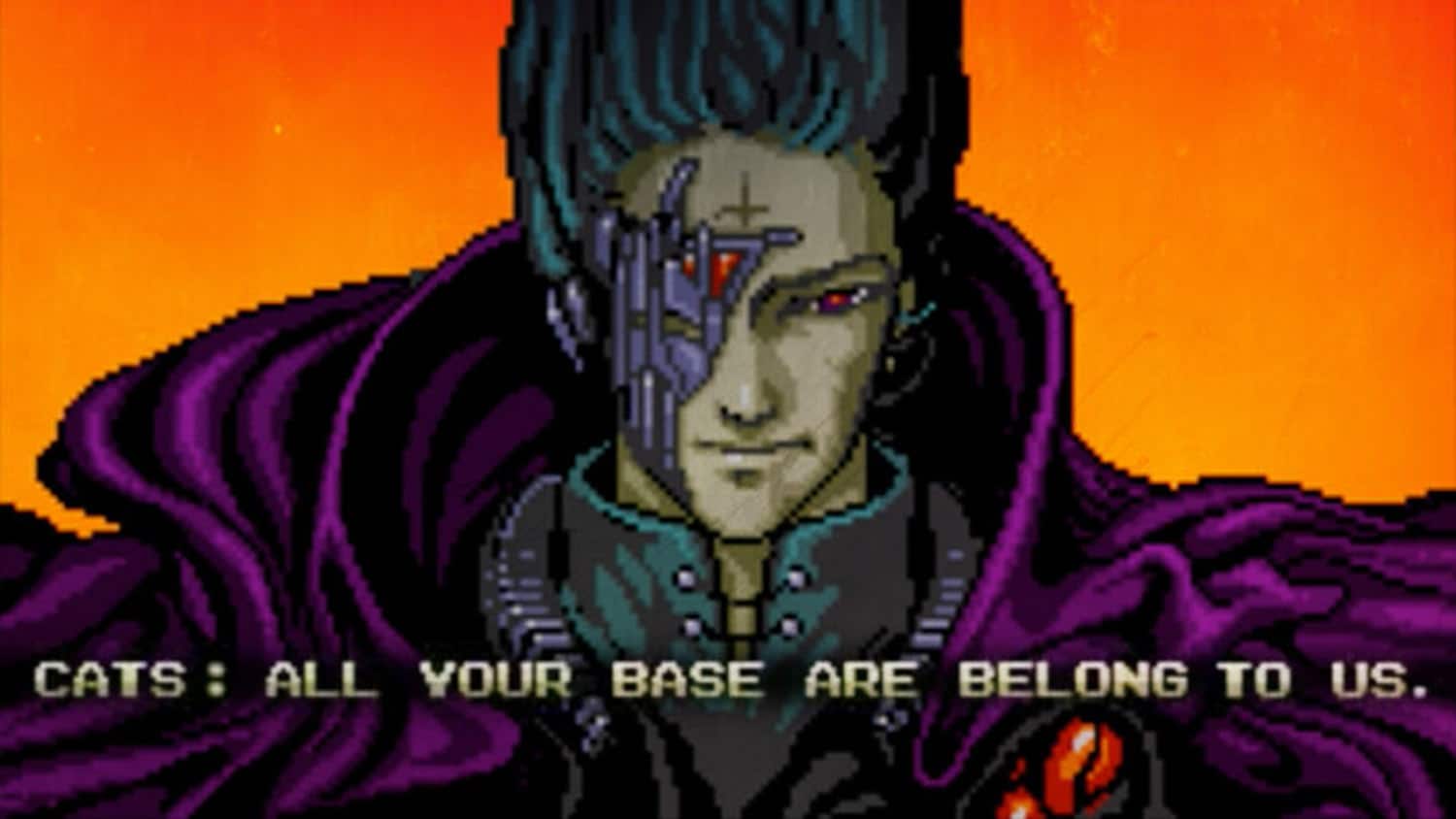
At Yodo1, we’ve found a keyword-focused approach to translation to be the most successful–at least initially. Translating a whole game is generally time and resource-intensive, so dip your toes in with keywords and go from there (as time and resources allow). Do keyword research in tools like Semrush or App Radar in your target language just as you would for your English store listing, and then, test! For example, maybe you want to localize your fantasy game for the German market. You may find that the term 'Zauberer' (Wizard) resonates more deeply with players than 'Magier' (Mage), despite their similar meanings in the game's context.
You need to identify those magic keywords (through A/B testing) that will connect with prospective players, but if you don’t know enough about the region in question, consider hiring a freelancer from the target country via Fiverr or Upwork to fine-tune your keywords and make sure they resonate from a local perspective. You could also consider reaching out directly to some of the players in your community to ask for input and refine your region-specific messaging. You may also consider crowdsourcing translations in your player community, as games like Idle Slayer have done, to great success.
Even in countries that speak the same language—like Portugal and Brazil, for example—you’ll find a lot of subtle differences, especially when it comes to colloquial terms or slang. Authenticity in the little things can make a difference, so make sure you give this the attention it needs.
While translating parts of your game is a good start, that's not even scratching the surface. Creating unique content for specific regions can show players that you understand their culture and genuinely care about them, which helps build strong bonds and can foster community. When you have that bond, players are likely to stick around longer. Yes, it boosts retention, which is a key component of a game’s overall success long term.
That’s why content localization is the second pillar of effective game localization. Put simply, it’s taking adaptation to another level by crafting experiences that incorporate specific cultural and regional elements.
“Well yes, that sounds great,” you may be thinking, “but how?”
Two primary approaches can work magic here.
The first approach is adding relevant in-game cultural content, and adapting parts of the game to highlight important elements in specific cultures and regions. You’ve already been analyzing your game’s market performance data (right?), so you can make informed decisions about which areas to invest your time and resources in to give you the best odds of success, whether that’s an increase in downloads, higher retention, etc.
Here at Yodo1, we’ve successfully used cultural events like Chinese New Year, for example, to craft specific in-game events and content for our game Rodeo Stampede, and it always results in exceptional player engagement. Players are drawn not just to the fun gameplay, but also to the sense of community and local connection as virtual celebrations overlap with real ones. This is where you really get to exercise your creativity!

The second approach that can really pay off is collaborations with local content creators; after all, they already know their audience and often wield significant influence within their regions. By partnering with them, you can tap into their unique insights and work together to create game-related content that local/native players will love.
Integrating localized content is not just about adapting the game; it's about creating an authentic and personalized gaming journey, bridging the cultural divide, and forging strong connections with global audiences. But how does this work in the real world?
In 2015, the development team behind Crossy Road tapped into the power of tailored localization after noticing an organic surge in the game’s popularity in South Korea. Crucially, they were quick to react to the opportunity, creating an exclusive update designed specifically for South Korean gamers, incorporating cultural elements and familiar references.
In this case, the South Korean update introduced 10 new characters, including one inspired by the iconic K-Pop star, Psy, who quickly became an in-game favorite–he even recorded all his in-game sounds!
https://www.youtube.com/embed/3b4bZKfVIQw?si=JY2BKqE0ZTyZPAuF
And the game's localization efforts didn't stop there.
After members of the mega-boyband BTS mentioned the game on Twitter, the Crossy Road team was again quick to capitalize on it. They sent plush toys modeled after the game's beloved chickens to the group, who then shared these gifts on their Twitter accounts, further boosting the game’s reach.
The result? Crossy Road stayed at the number 1 download spot in the Google Play charts in South Korea for nearly 50 days!
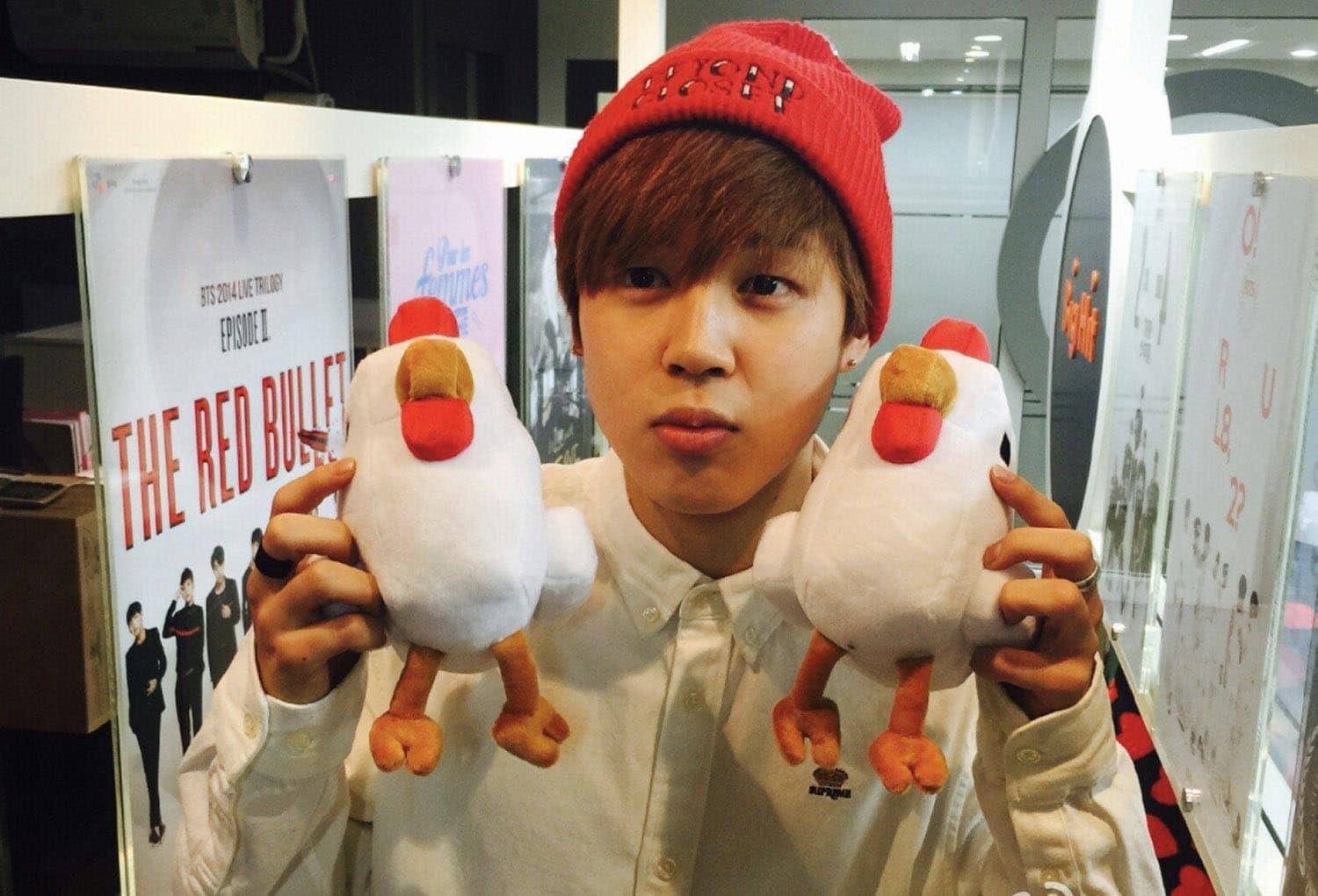
What can we learn from Crossy Road’s successful strategy?
These few examples of how strategic localization can make a huge difference are just the tip of the iceberg. In today’s mobile gaming market, having an effective localization strategy can be the magic formula that helps you stand out from the crowd and take your game to the next level.
Localization that is smart, personalized, and above all strategic is key for developers who want to grow a game to its fullest potential. Putting in the effort needed in this area can make the difference between being a successful, regional hit–and a global one.
Here are a few actionable points to recap what we’ve covered above, and get you started on the right foot with your localization efforts.
Research before diving in: Before investing in full-scale localization, do your research and make sure you understand the market and potential audience.
Localize based on data: Prioritize localization in regions where your game already has traction or shows potential based on the data. Build on organic trends.
Use keyword analysis early: Before translating everything, use keyword analysis to identify which are most relevant to your game, and focus on those first.
Deepen cultural connections: When localizing, go beyond mere translation by incorporating cultural nuances, slang, and local trends. Add content related to local cultural events or holidays.
Collaborate with local influencers: Partner with regional content creators to help introduce and promote your game in their communities.
Stay alert to regional trends: Continue to monitor your game's performance by region, so you can respond quickly if you notice a sudden spike in a particular area, like the Crossy Road example in South Korea.
We believe that great games make the world a better and more joyful place, and that game developers are modern-day wizards. Well, sometimes even wizards can use a hand. To learn more about how Yodo1 helps game developers at every stage reach the next level of growth, check out our Game Growth Accelerator program.












Game Growth
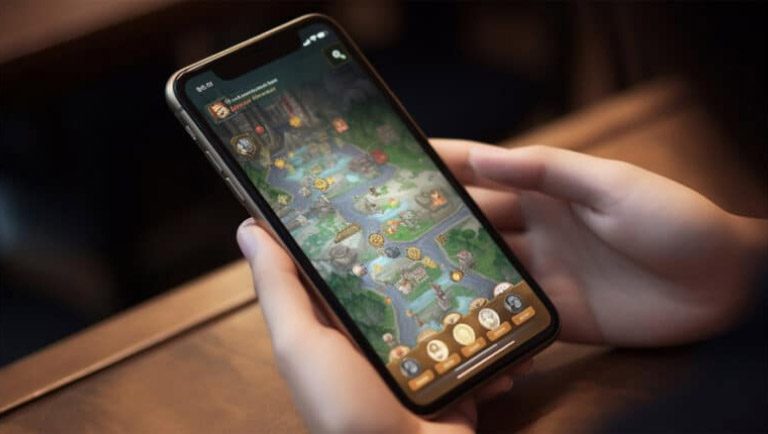
20.12.2023
•
5 mins read
User Acquisition (UA) is key to sustainably scaling your game in highly competitive app stores, yet many developers don’t know if their game is ready for it. With so much to do and often alone or with a small team, it’s easy to start doing UA at the wrong time (especially too early), resulting in wasted time, effort, and money.
At Yodo1, we don’t like to see developers throwing money out the window, and wasting time on something that has little chance of working. Before you consider UA, you need to know how to judge whether your game is ready for it.
In this article, we’ll get into the key metrics that need to be considered before doing UA, and explore how these can be improved. Let’s begin!
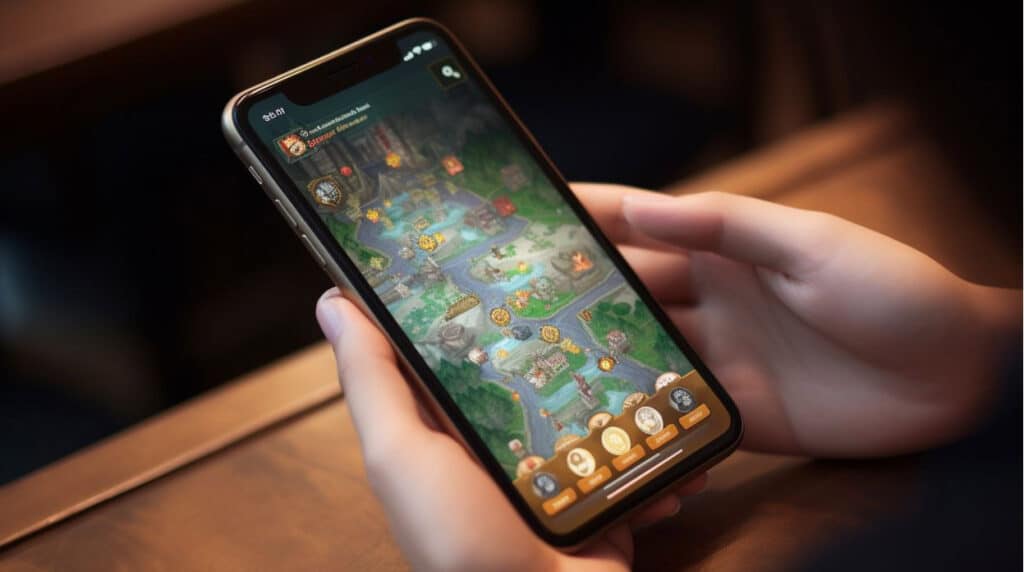
As with any investment, you want to make sure the numbers are on your side. The metrics we’re going to look at are like secret ingredients in a recipe—get them right, and you’ve got a winning dish. Get them wrong and you’ve created an infinite money-losing black hole. Let’s explore what these metrics are and why they’re so important.
CPI and LTV
Imagine CPI (Cost Per Install) and LTV (Lifetime Value) as a balancing act. CPI gauges the cost-effectiveness of acquiring new users, while LTV gives you a peek into the revenue a player generates over time. The magic happens when you manage to keep CPI low and LTV high – that’s where User Acquisition becomes not just viable but profitable in the long run. Remember, though, that CPI can vary a lot across genres, platforms, marketing platforms, and regions, so don’t take CPI out of context!
High retention is very important—it signals the loyalty of your players. This is the bedrock of growth and a key indicator that your game has what it takes to grow further. High retention is linked directly to LTV, as players who stick around longer tend to be more likely to drive revenue over the long term.
At this point, someone may ask, “OK but what counts as strong retention? My game’s Day 1 retention is 20%. Is that enough?”
Let’s consider that example. Generally, you would look at retention on Day 1 (D1) as the first indicator of your UA campaign’s performance, but moving forward you need to start looking at longer cohorts to see how many users actually retain beyond the first day. It is common to observe a retention curve up to 60 or even 90 days depending on your game’s genre (it would be very common, for example, for more casual games to retain very few players beyond 60 days).
Remember that every game genre is different, and player behavior and retention rates tend to differ between iOS and Android, so a UA team like Yodo1’s will have different benchmarks depending on the situation. And with that disclaimer out of the way, back to the example.
If D1 retention is 20%, you would then need to look at the falloff in retention over time. Let’s say from D1 to D30 retention decreases by 80% (not unusual). That leaves you with a D30 retention of 4%. Yes, that is close to the average, but is the average good enough?

D1 and D7 rolling retention by genre via Business of Apps
The real question is, if you have retained 4% of players by D30, are they generating enough revenue to have made your UA investment worthwhile?
In most cases, the answer is…probably not but it depends! Yodo1’s UA team generally follows the industry benchmark of around 30% D1 retention. Assuming a similar falloff, let’s say that would be around 7% by D30. In most cases, this should be good enough (depending on other factors) and can be a good point of reference for developers deciding whether or not to invest in UA, although you would still want to aim higher. It’s important to restate here that there are a lot of factors, and each game should be evaluated case by case, and genre by genre. For instance, strategy games may have a lower D1 retention compared to casual games, yet still retain a higher percentage of players long-term.
So, you’ve retained enough players, but enough for what exactly? Enough to make your game profitable, of course! To put it another way, the money your game generates from players over the long term is more than the money you invest into acquiring those players. If not, UA becomes an infinite money-losing black hole (which is bad).
Typical ways to monetize players:
1 - In-app purchases (IAPs)
2 - Ads (like rewarded videos or interstitials)
It’s important to understand how these fit into the overall player experience, and how effective they are in generating revenue. You want players to convert and purchase your IAPs. And if your game uses ads, you want players to interact with and/or view them (obviously). So then, you need to look at the metrics that tell you how well your IAPs and ads are performing.
For IAPs, you should be looking at and optimizing conversion rates for things like consumables, skins, battle passes, ad removal, etc. IAPs should not be an afterthought and if they are, your players will know. A good tip here would be to reflect on the games that make you want to pay for in-game items.
For ads, eCPM (effective Cost Per Mille) is important, as well as IMP/DAU (Impressions Per Daily Active User). eCPM tells you the average earnings for every 1000 ad impressions, helping you understand which types of ads are more profitable and which placements or formats work best in your game. A higher eCPM means more effective ads that resonate with your audience, leading to increased revenue. Meanwhile, IMP/DAU measures the average number of ads shown to each active user daily. This metric helps maintain a balance between engaging the user and not overwhelming them with ads. These two metrics go hand-in-hand to help you create a seamless experience where ads are integrated naturally into the gameplay, adding value to the player experience while also contributing to your monetization strategy.
Finally, to get a bigger picture of your revenue, look at ARPDAU (Average Revenue Per Daily Active User). Optimizing all these monetization metrics over time is important for long-term profitability when doing UA.
Note that specific mobile game monetization benchmark metrics aren’t being provided here because “good” can vary a lot from one game to the next. For example, eCPM factors in the country your players are in, the game’s genre, and the platform, among other variables. The key thing for this article is to understand how these metrics tie into your game’s overall profitability. If your retention is solid but those players who stick around aren’t generating enough revenue for LTV to surpass CPI, your focus should be on improving monetization metrics like eCPM, IMP/DAU, conversion rates, and ARPDAU–before you get into UA.
Rewarded ads eCPM for Android via Statista
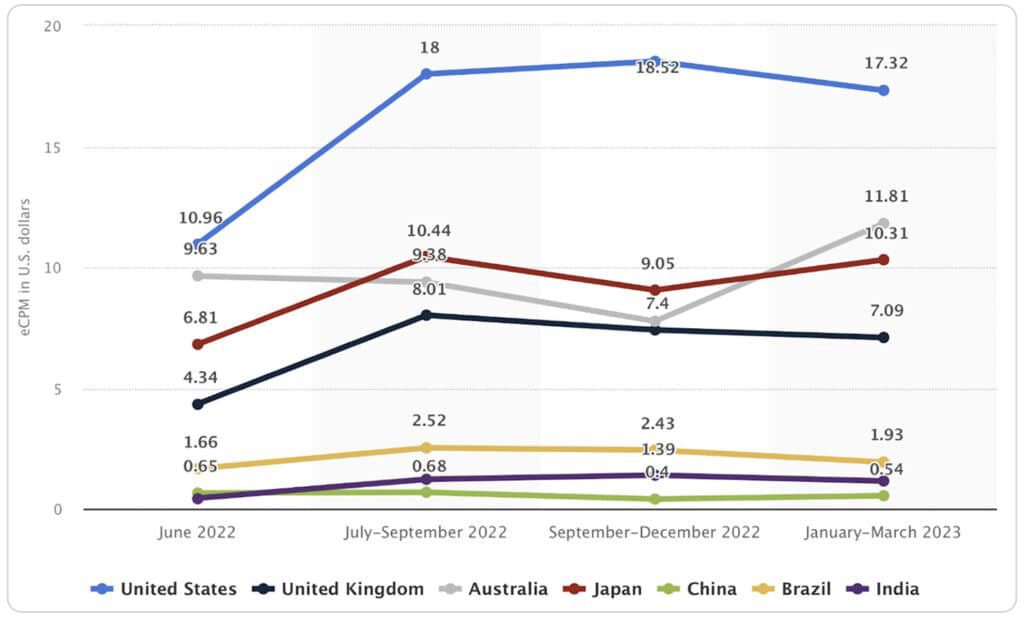
At Yodo1, we run UA across our games and our partners’ games on a large scale. It’s enabled us to gather a treasure trove of information, and from that standpoint, the takeaways are clear: if the key metrics highlighted above don’t reach certain benchmarks, running UA campaigns likely isn’t worth it—no matter how good your ads are.
But if your metrics aren’t there, don’t give up! You may not be ready for UA yet, but that’s knowledge that is saving you time and money. Take it as a challenge to optimize and refine your game to improve those numbers so that UA then becomes a viable growth strategy for you later down the line. You can also use Yodo1’s UA and Publishing assessment tool to get a clear picture of where your game is now.
Yodo1 has been in the game (pun intended) for a long time. With billions of players across our games, we’ve learned a lot about what it takes to make a game succeed at each stage of its growth lifecycle. A critical inflection point is what we call ‘scale’. That’s where UA becomes profitable and viable over the long term.
To help developers with effective mobile game growth strategies, we launched the Yodo1 Growth Accelerator Program, which takes a comprehensive approach to preparing games for successful User Acquisition. This begins with a thorough analysis of a game's key metrics as listed above, comparing them against industry benchmarks to identify both strengths and areas that need improvement. Then we work hand-in-hand with developers to optimize the game and its metrics over time, leveraging our 10+ years of experience as game publishers. On the monetization front, we help boost those monetization metrics and make sure the overall game economy is well-balanced as you move forward and grow.
As your game growth partner, we want to help you take your game from where it is now to the next level, then on the next, and beyond. We believe in the power of games, and the unlimited creative genius of game developers. If this sounds like you, apply for the growth accelerator program today!












Game Growth
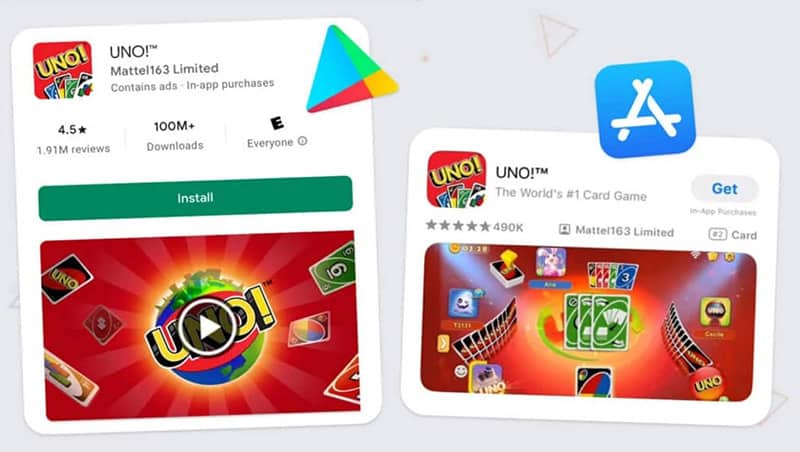
20.11.2023
•
5 mins read
Hicham Rkini, Head of Monetization & Growth | Yodo1
For game developers aiming to carve a niche in the crowded mobile gaming market, getting ASO right is critical—but it’s easier said than done. Beyond keywords, descriptions, screenshots, and icons, one often underestimated tool at a developer's disposal is player feedback in the form of ratings and reviews. There’s a reason app stores dedicate whole sections to them! These elements don't just reflect player sentiment; they are pivotal in app store optimization for games, directly influencing discoverability, user acquisition, and overall game success.
In this article, we’ll explore the nuances of ratings and reviews as a game growth strategy, and look at a real-world example from one of our partners, Keplerians—a name synonymous with engaging horror titles. We will dive deep into the potential of strategically managed ratings and reviews, offering game developers actionable insights to supercharge their downloads and the game's popularity. Let’s dive in!
Ratings are a key component of any app or game listing storefront. They directly influence the player's first impression and decision to either explore a game further or just scroll on by. Many potential players may not be diving into individual reviews before deciding whether or not to download a game, but they will inevitably see how many ratings a game has, and the average rating score. The fact that the overall ratings average and number of ratings is front and center on both the App Store and Google Play Stores’ game listing pages gives more support to the importance of this stat.
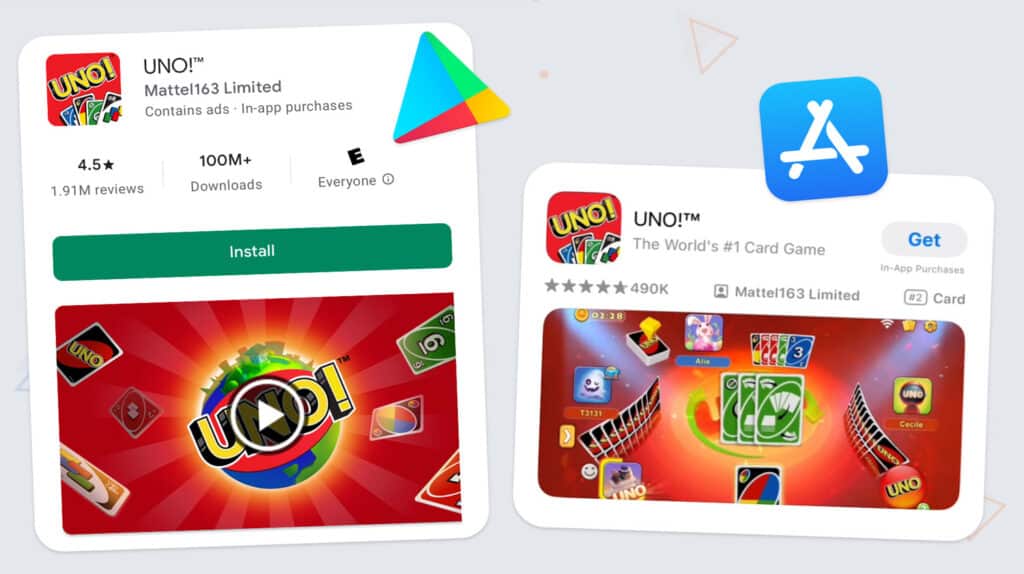
Algorithmic preference: Both app stores use ratings as a core metric within their ranking algorithms, highlighting them as key ASO ranking factors. It goes without saying, but must be said, that games with superior ratings generally find themselves with better organic positioning. However, it’s important to note that numbers matter here. A game with 5 ratings a week and a perfect score will generally not be as highly-favorited as a game with 1,000 reviews coming in per week, and a lower overall score. More reviews? That’s generally better! More on that later.
Reviews are the voices behind the scores. Each one is a gamer telling their story, pointing out the good, the bad, and the fixable. The more reviews you get, the better you understand your game and your players. This is surprisingly not front-and-center for many developers. Let’s look into why it should be.
Feedback reservoir: Each review serves as a goldmine of feedback, with potential insights into gameplay mechanics, UX/UI decisions, in-app purchase structures, and more. Imagine that players are free playtesters, exploring every nook and cranny of the game, and letting you know what they think. This is a particularly useful mindset when it comes to ‘angry’ reviews. Often, it’s a loyal player frustrated about a very specific yet fixable issue, who cares enough to let you know. They may leave a one-star review simply to get your attention. In this case, you have the opportunity to learn something critical and improve your game for other players who experience the same issue. Bonus: if you deal with this type of player respectfully and resolve their issue, they are likely to update the rating.
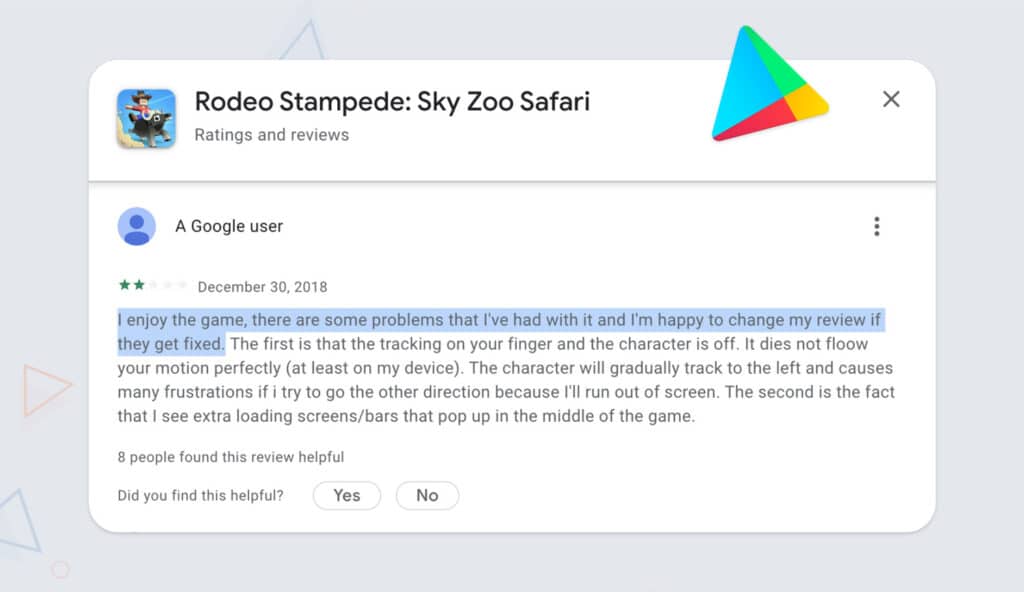
Quantity matters: An aspect often overlooked is the importance of frequency and quantity. In other words, how often are players leaving ratings or reviews on your game? How many are you getting per day? It’s critical to focus on getting as many as possible simply because that feeds into the algorithms that make your game more likely to be recommended. And it would then go without saying that more reviews and ratings (especially good ones) will draw more potential players, for the reasons noted above, to say nothing about the massive potential for new insights that such a boost could bring, creating a feedback loop that can drive your game even further up the charts! Here, we look at a metric called DPR, or Downloads Per Rating, which simply means the number of downloads you need to get a rating. The goal is to make this number as small as possible.
Keplerians, known for their captivating horror games, has been a Yodo1 partner since 2019. We have helped them with everything from monetization to game growth strategies. As veterans in publishing, with over 3.5 billion players and counting, ASO is well within our wheelhouse. And so we were pleased to help when Keplerians approached us with an ASO challenge. Together, we crafted a game-changing approach that sent Ice Scream 1 soaring in rankings. Here’s what happened:
Despite the strong download numbers for Ice Scream 1 since its 2019 launch, there was a disparity in the conversion to reviews. Keplerians had been counting on organic store visits for players to leave reviews. But in a space where ASO algorithms favor higher ratings and more reviews, this passive strategy was leaving a gap.

Via Keplerians
This is when we made a critical recommendation. We’ll let Keplerians’ Co-CEO and Co-founder Ion Ocasar explain it in his own words: “One of the suggestions provided by Yodo1 to increase downloads was to implement a native pop-up asking users for reviews. We implemented this feature in one of our earlier games that didn't have such a pop-up, and it significantly improved our reviews. We are constantly occupied with new projects, and these improvement suggestions make us open our eyes to see possibilities for enhancing games that are already published.”
Strategic timing: Keplerians utilized game analytics to pinpoint 'moments of elation' within the game. Review prompts were strategically placed at these junctures, maximizing the likelihood of positive feedback. What is a ‘moment of elation’? It’s something to test over time, but your initial thought is probably close to the mark. Achieving a milestone. Escaping from a terrifying situation. Getting a new item. Beating a level. These are all good candidates, but testing is essential, perhaps using heatmap analytics to arrive at data-driven optimal insertion points.
The result? A meteoric rise from 2-3 reviews a day to a whopping 200-300. This influx translated into better keyword rankings, elevated DAU (Daily Active Users), and a surge in organic downloads. But the influx of reviews wasn't just useful for ASO. Keplerians used the feedback gained for iterative development, refining game mechanics, and resolving reported bugs.
These results speak volumes. The experience with Keplerians and Ice Scream 1 drives home the point that a well-aimed ASO approach can elevate a game's visibility and success. By tapping into player engagement at the right moments, game studios can optimize their app store presence. In a landscape where every edge counts, smart ASO practices are a must for studios aiming high.
To recap and provide a simple playbook for leveraging reviews and ratings to boost your ASO strategy, here are some key actionable takeaways.
In the competitive arena of mobile gaming, ASO, ironically (because it doesn’t cost anything), is one of the most critical differentiators when it comes to standing out among other games. Ratings and reviews, as demonstrated by Keplerians, are not mere vanity metrics. They’re dynamic tools that, when leveraged with technical prowess and strategic intent, can catapult a game to the next level of growth.
To explore this and other ways that Yodo1 can help you boost your game’s performance and scale to the next level, book a call with our growth intelligence team today!












IP Licensing
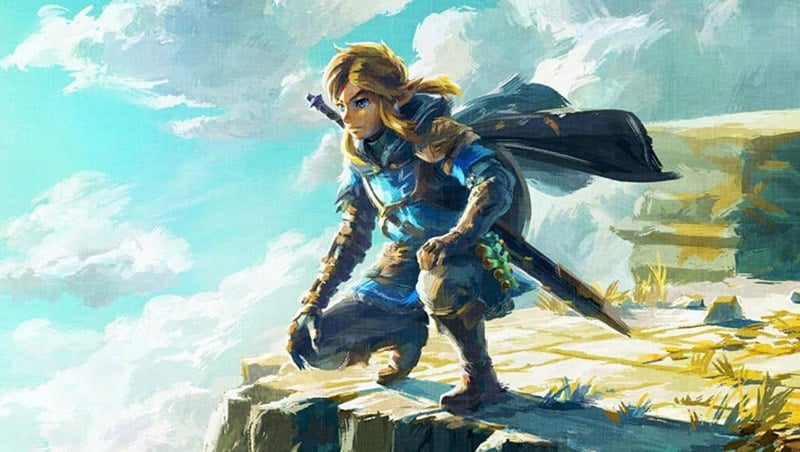
15.11.2023
•
5 mins read
Ismael Jorge, IP Licensing BD Manager at Yodo1
On the heels of a successful Mario movie, and after months of speculation, Nintendo has at last confirmed that a live-action Zelda movie is coming. Of course, it has opened the floodgates for speculation but also raises an interesting conversation about the future of brand staying power and the blurring of lines between games and Hollywood. In my experience helping bring mobile games and big IPs together, it's clear that translating gaming experiences to the big screen is a move loaded with potential – and pitfalls.

Via Nintendo
Let's dig into the mechanics of this partnership. Nintendo's choice to bring Shigeru Miyamoto on board is a move that promises authenticity for the franchise. Partnering with a heavyweight like Avi Arad suggests a blend of storytelling that could capture the hearts of fans and newcomers alike. Here are a few key elements that I see working in the project’s favor:
The choice between live-action and animation is a hot topic in fan circles, but it seems the ultimate decision came down to Miyamoto’s vision for the project, saying on Twitter, “I have asked Avi-san to produce this film with me, and we have now officially started the development of the film with Nintendo itself heavily involved in the production.”
I have asked Avi-san to produce this film with me, and we have now officially started the development of the film with Nintendo itself heavily involved in the production. It will take time until its completion, but I hope you look forward to seeing it. [2]https://t.co/2H9lzzS5Pv
— 任天堂株式会社 (@Nintendo) November 7, 2023
Casting decisions and plot direction are under lock and key, but the rumor mill is in full swing; with names like Hunter Schafer already linked to the project. There is speculation about Tom Holland as well, given his previous collaborations with Avi Arad on Uncharted and the Spiderman films.
Nintendo's move to adapt one of its most iconic games into a movie speaks to a broader strategy – capturing hearts beyond the console. With the success of other game-to-movie adaptations paving the way, Nintendo is poised to cast its net over the massive ocean of potential fans and I think it’s important to understand the broader strategy behind big bets like this.
https://www.youtube.com/watch?v=n9_nOA3Md_c
The Zelda live-action movie is more than a new venture for Nintendo; it's a signal to all of us in the industry that the lines between games and other media are blurring. Nintendo's approach shows a keen understanding of the importance of storytelling and character development, something that any successful mobile game developer must appreciate.
Nintendo's expansion into live-action movies with Zelda is not just an exciting development to watch—it's a playbook for IP-based games. As we await more details on the Zelda movie, one thing is clear: the potential for mobile games to step beyond the small screen has never been greater.












IP Licensing

06.11.2023
•
5 mins read
Great things can happen when the right IP meets the right game in just the right way—for players and fans, it’s magic. One such collaboration launched on May 4th, 2023, when the universes of Last Shelter: Survival and AMC's The Walking Dead converged.
Let’s dig into the making of this unique post-apocalyptic alliance.
Last Shelter: Survival, a mobile survival SLG with over 100 million downloads, was poised for its debut IP collaboration. The game’s publishers partnered with Yodo1’s IP licensing team to help identify that perfect match and then supervise the process on their behalf from inception to launch.
Enter The Walking Dead, AMC’s iconic television series, with its compelling story of survival in a world overrun by zombies. It was the obvious choice given the show’s narrative richness, iconic characters, and passionate fanbase. Yodo1’s previous collaboration with 37 Games, integrating their title Puzzles & Survival with The Walking Dead, further solidified this collaboration and underscored The Walking Dead’s status as the premier IP for zombie-themed mobile game integrations.

One of the keys to a great crossover game event is finding common themes between the game and the chosen IP. With Last Shelter: Survival and The Walking Dead, it wasn’t just about zombies. The famous characters and stories from the television series aligned naturally with Last Shelter’s gameplay style, making it possible to craft a storyline that felt fresh yet familiar, leveraging both established elements from the show and the game’s core mechanics, as well as its monetization system.
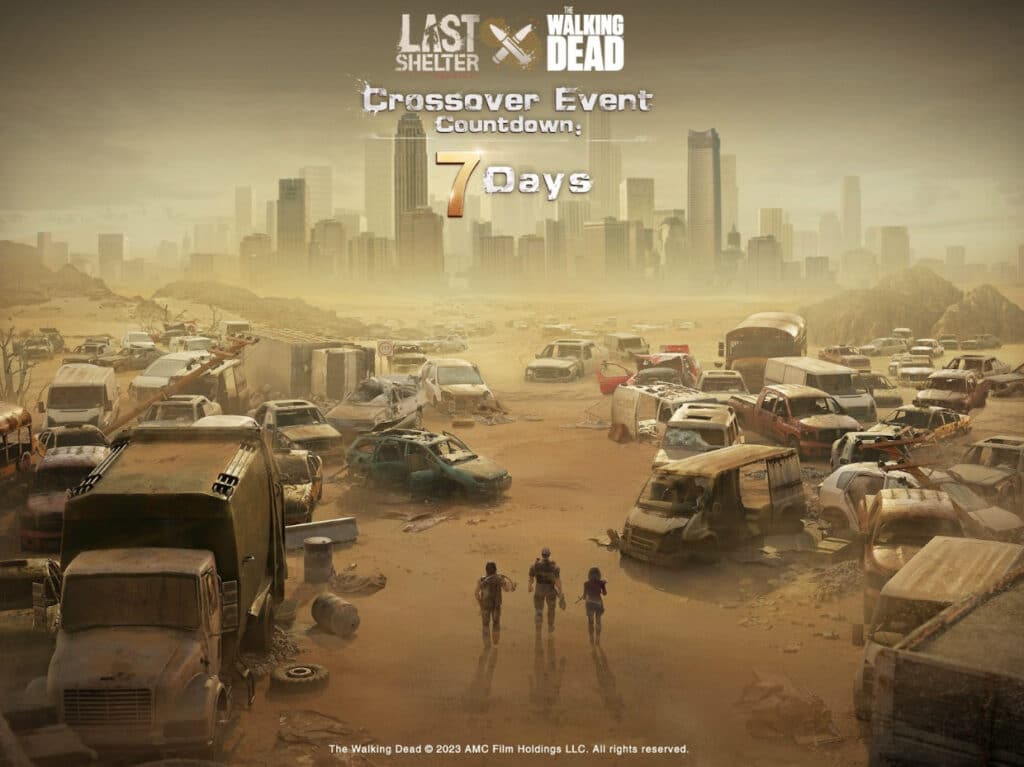
This is where Yodo1’s IP licensing team stands above the rest. We don’t simply bring mobile games and IPs together, then hope for the best. We are meticulous at all stages, ensuring the best possible experience for players, and the best possible outcomes for our partners. For this collaboration, we were able to leverage our 12-year history as mobile game publishers, helping make the most of characters, story elements, and props, and then weaving it all together into an experience that made players feel right at home.
Collaborations invariably face hurdles. The chance for misunderstandings and misalignments throughout the supervision process is always there. Yet our experience in bridging such gaps ensured that both the developer and AMC were not only heard but truly understood and that everyone was on the same page from day one. From business negotiations and proposal suggestions to overseeing commercial arrangements, and story elements, our specialist team’s involvement turned potential roadblocks into stepping stones.

Another potential hurdle: events can get watered down and have less impact when the supervision process isn’t carried out with attention to detail, a depth of knowledge across industries, and a clear vision of success from start to finish. In this case, folding in IP elements organically while being true to the show’s characters was key to the whole thing.
We worked tirelessly to understand and respect the developer’s objectives, the nuances of the game, as well as AMC’s requirements around brand identity and integrity. As with all major IP holders, there are many approval stages along the way, which we were able to navigate smoothly. The end result? Well, see for yourself!
This partnership shines a spotlight on Yodo1’s dual strengths. As a seasoned mobile gaming company and an industry-leading expert in IP licensing in games, we can do what others can’t: we leverage our strengths to understand games on a deep level, and then find the perfect IP to partner with. Then we guide the collaboration along a smooth track, every step of the way towards launch. We work hard to make each event fun and memorable for players, and of course profitable for all parties.
In today’s gaming market where IPs can elevate games to new heights, Yodo1 is uniquely positioned to help gaming studios and IP holders alike. And we have the track record to prove it. So if you are looking to dive into these exciting waters, reach out to our team today and find out how the wonderful world of IPs can enhance your game.












IP Licensing
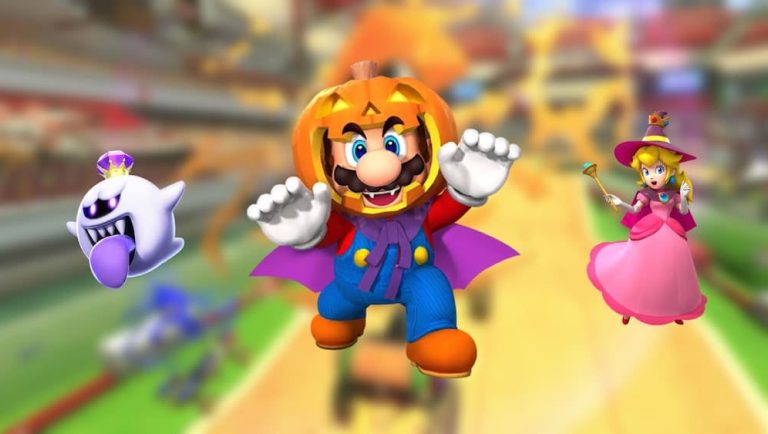
30.10.2023
•
5 mins read
Fil Robinson, BD Manager IP Licensing | Yodo1
Seasonality is all about taking advantage of events that occur on an annual basis. And for many businesses, the fourth quarter takes center stage. It’s the most important part of the year due to the sheer variety of seasonal events that take place then: Halloween, Thanksgiving, Black Friday, Cyber Monday, Diwali, Christmas, Hanukkah, and the New Year all fall within this period, providing both companies and consumers valuable opportunities to participate in and capitalize on—and potentially generating massive revenue for savvy businesses.
This is equally true for IP licensing in mobile games, which relies on novelty and freshness to generate buzz and drive spending on things like limited-time in-game purchases (i.e. skins, special items, exclusive content, etc.). In this article, I will explore the dynamics of seasonality and IP licensing in mobile games, specifically through the lens of Halloween (to keep things simple). Let’s begin!

Via GameRefinery
Halloween kicks things off in Q4 and is a very good place to start when discussing how licensing has changed what we expect at this time of the year.
The nature of Halloween enables people of all demographics to participate in the festivities—whether it be dressing up as iconic movie characters, engaging in some seasonal decorating, buying sweets for trick-or-treating children, or watching scary movies, there is something for everyone.

Many of these activities have become traditions and are a potential gold mine for companies that focus on the scary stuff. In the USA, consumer spending on Halloween-related merchandise is expected to reach a record $12.2 billion this year, up from $10.6 billion in 2022. That’s $108.24 per person.
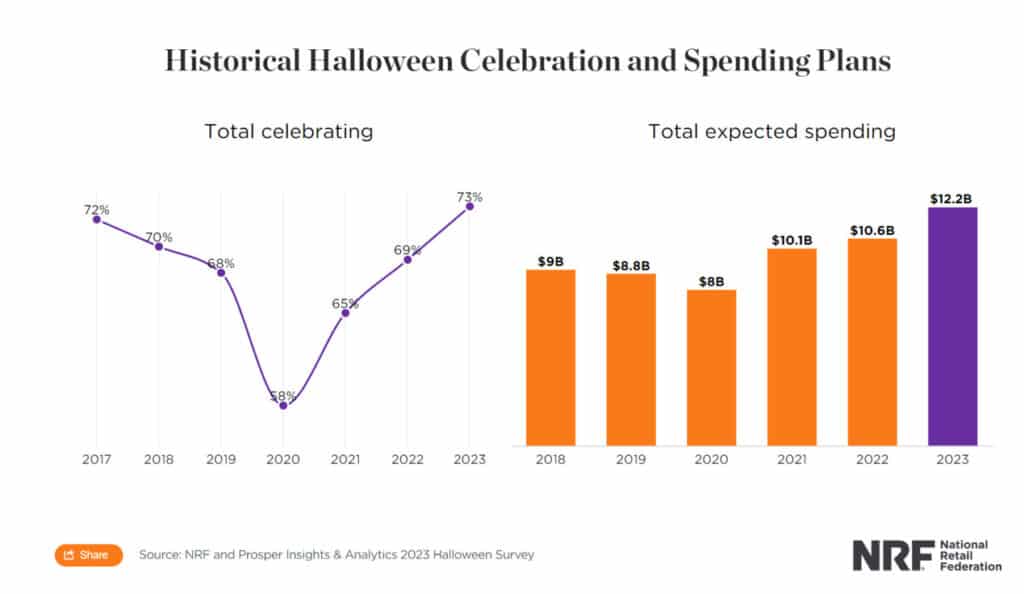
Much of the spending and revenue generation comes from IP and brand rights holders licensing out their properties to other companies to make new and/or exclusive products to follow the buzz generated by a recent film, TV series, or game. As you can see from the list below (which is fascinating to look at with IP-licensing goggles off), many IPs (some not even related to Halloween) receive a meaningful yet short-lived boost. Were it not for the viral success of Jenna Ortega’s dance scene in 2022’s Netflix series Wednesday, it’s unlikely the Wednesday Addams costume would have made number six.
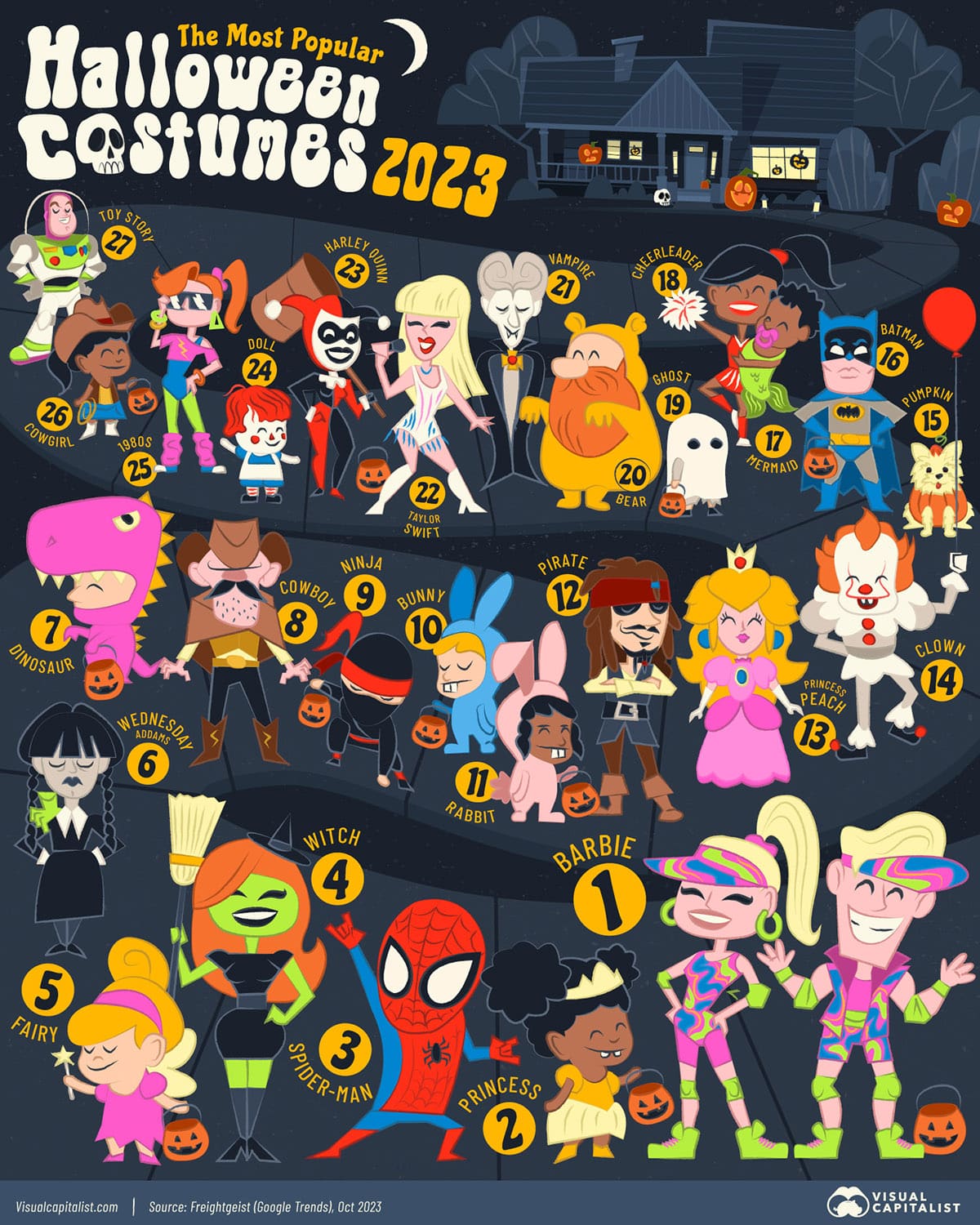
Through mobile games IP collaborations, the integration of DLCs and live-ops has taken on a new dimension, enriching the mobile gaming landscape. These partnerships allow players to engage with the festive spirit of holidays such as Halloween, merging the excitement of physical celebrations with the interactive nature of the digital gaming world.

For example, IP-based games like Disney Dreamlight Valley capitalize on Halloween with events such as Haunted Holiday Star Path, where players can trick-or-treat and don costumes inspired by films like Hocus Pocus and The Nightmare Before Christmas. Similarly, Call of Duty’s The Haunting update enriches its gameplay with licensed characters like Spawn, Skeletor from Mattel’s Masters of the Universe, and Ash from The Evil Dead film franchise.
Another great example of a successful seasonal IP crossover is the ongoing Puzzles & Survival x SAW event which Yodo1 helped orchestrate; it includes iconic characters from the film franchise like Billy and Amanda
And check out these examples of Halloween gaming events/DLCs from 2022—I think you’ll agree that the results speak for themselves.
NPixel’s MMORPG
Mario Kart’s Halloween Tour update
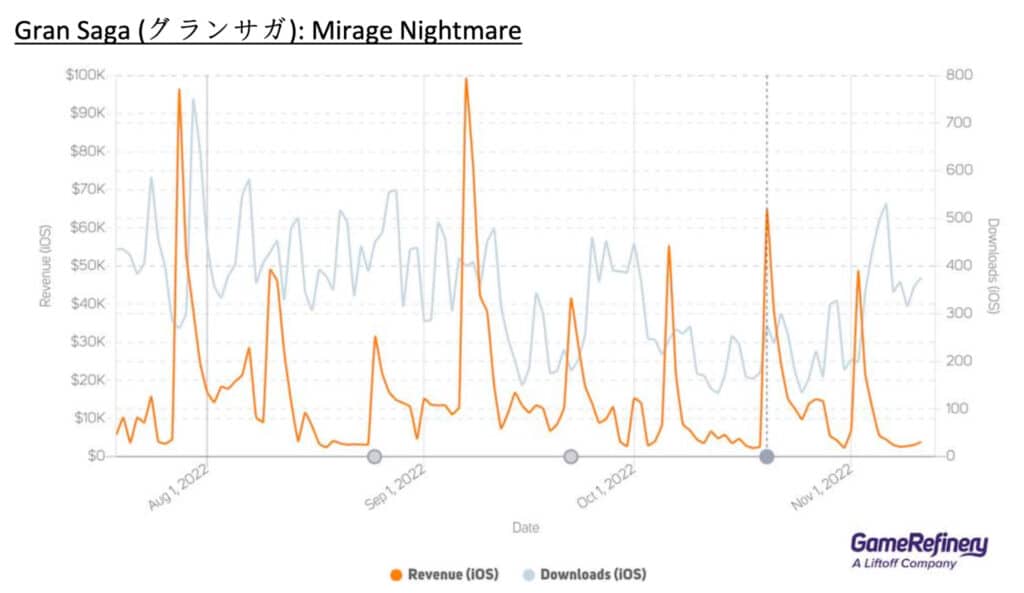
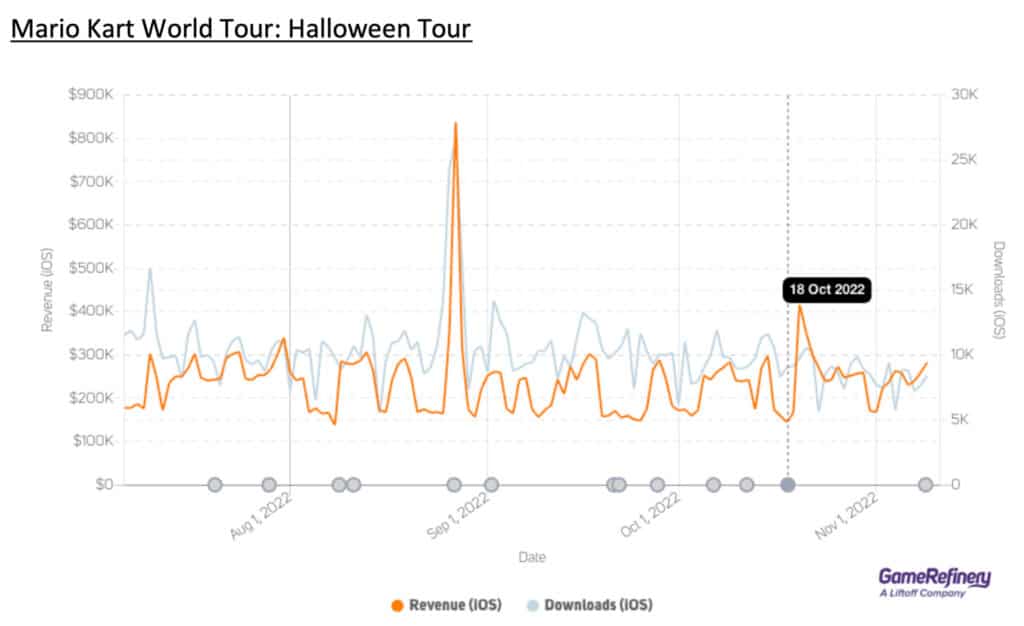
Via GameRefinery
Aside from the financial benefits they can provide, these seasonal collaborations are very important to both IP licensors and game developers for other reasons, too. Licensors get to see their brands and IPs promoted in new, creative ways that often lead to expanding their reach among new audiences. Developers get to show that their games are in tune with their players and the physical world, driving acquisition and retention. They also get to be even more creative with the brands and IPs than during typical collaborations, as the seasonality theme can be integrated into the game (i.e. through skins, UI, etc.) with less potential friction from fans of the IP when compared to non-seasonal events.
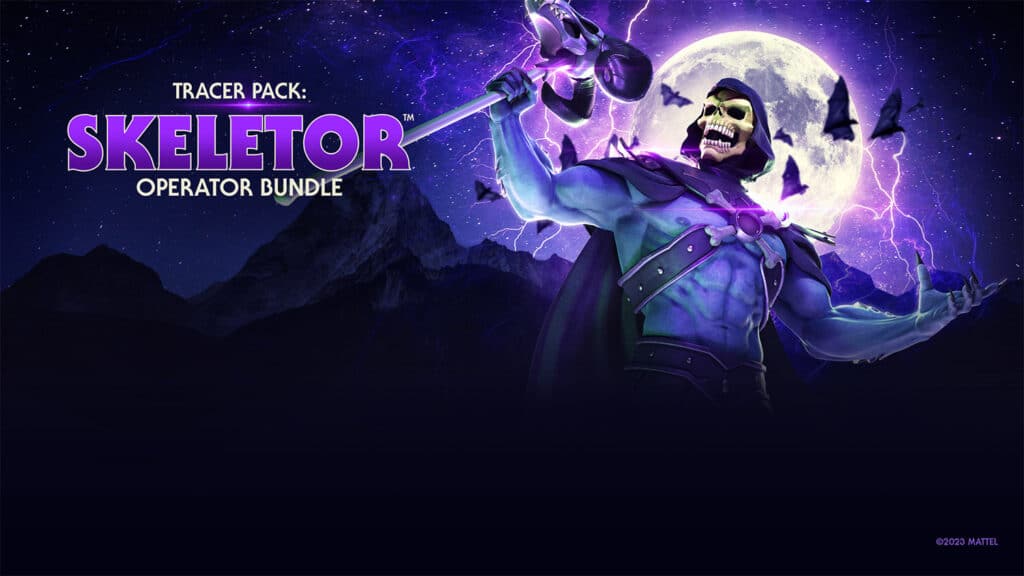
Via Mattel
In my view, leveraging seasonality represents a great opportunity for licensors and developers to come together and create something magical that drives engagement, excitement, and a major boost in revenue. For a deep dive into practical specifics, you’ll want to check out our last article on this topic.And don’t forget, what’s covered here is just the tip of the iceberg when it comes to IP licensing in games. There’s so much more: sporting events like World Cups or the Olympics, Valentine’s Day or Chinese New Year—these are all important events that both brands and games can get in on.Yes, a lot goes into planning and preparation for a hit seasonal event, and by their very nature they’re time sensitive—that’s where we come in: at Yodo1 we have the skills and know-how to facilitate opportunities like these. Get in touch to explore what great seasonal events we can make happen together in 2024. LEARN MORE










